5th Jun, 2025
Is Annapurna Base Camp Trekking Safe?
- Magnificent Himalayan Treks
Annapurna Base Camp Trek is one of the commercialized treks of Nepal. This perfect destination lies within the amphitheater of nature where Annapurna I (8091m) and other nearby peaks like Machhapuchre (6,993) that stands firm and tall amongst all.
You can basically start your trek from Nayapul or Phedi and enjoy the other beautiful villages like Ghorepani , Chhomrong and Deurali before you arrive above the base camp at 4,130 meters (13,550 feet).
Annapurna Base Camp Trek is of moderate difficulty with walking times of 5-7 hours each day covering diverse terrains including very steep ascents and descents and sometimes the trail is snow-covered. It is, of course, far less strenuous than other high-altitude treks but adequate preparation and alertness to risk is critical to having a safe experience.
So, is the Annapurna Base Camp trek safe? Let’s dive into the details to help you prepare for a safe and rewarding journey.
Table of Contents
Important Safety Concerns for the Trek to Annapurna Base Camp
Altitude and Acclimatization
Compared to the Everest Base Camp Trek, Annapurna Base camp trek is easier. The altitude is slightly low .However, altitude sickness is still a concern. This is a severe risk if you are trekking higher altitudes.
The height of Annapurna Base Camp (4,130m) which is quite high. Make sure you acclimatize i.e. rest is mandatory.
If you want to decrease or prevent such risks:
Acclimatize yourself
Make sure you have enough number of days to take rest. Your health is everything no matter where you go.
Ascent gradually
Try to ascent at least 300-500 m or more heights per day.
Hydration
Even if you are not thirsty, you need to drink plenty of water. Its important.Also make sure you avoid alcohol.
Pay attention to your body
Don’t ignore the mild symptoms. This may be dizziness or nausea or headaches. If such, make descent immediately.
Physical Demands
The ABC trek involves long days of walking on uneven terrain, which can be physically demanding.
To prepare for this trek, we advise:
Physical training
Your physical fitness defines your caliber to ascend and descend. Do stretchable exercises, practice short hikes, focus on cardio and also don’t forget to take enough breaks to conserve energy.
Pace yourself
Hurrying yourself won’t will just increase risks. Don’t rush. Take time and breaks for your safety.
Mental preparation
Unlike the physical preparation your mental preparation is equally necessary. Make sure you are prepared for any kind of discomfort like changing weather, discomfort at teahouses and so on..
Weather Conditions
The changing weather conditions at Annapurna region might be quite unfair to you. Sometimes rain, sometimes snow or sometimes the temperature might drop no matter if its a peak season i.e spring or autumn. To ignore such cases:
Pack appropriately
Don’t forget to bring warm fleece, thermal wear and many more. Bring layers. Make sure you don’t overpack your things.
Check forecasts
Make sure you check the present weather conditions before starting your trek not just in Annapurna Base Camp but for any other region.
Flexibility
Acclimatization is necessary. Don’t try to skip your days. Make sure you add extra number of days in your itinerary if needed.
The trail to ABC is well-marked and maintained, but you must tread carefully.
Landslides and rockfalls
Trekking to Monsoon(June-September) is troublesome. There are maximum chances of landslides and rockfalls at this time of the year.
Snow and ice
The trails might get extra slippery at the higher sections of the trails especially during winter ( December-February). River crossings
Make sure you use cautions while crossing the streams or rivers during rainy season.Health and Emergency Facilities
The main risk might be your health when you are travelling higher altitudes. The places like Chhomrong and Jhinu Danda is very limited.
But even if you get stuck, there are several ways . Let’s see what can be done:
Helicopter evacuations:
Helicopter rescue is possible but can be costly without travel insurance.
Trekking Insurance
Make sure your policy covers high-altitude trekking and emergency evacuations upto 4,130 meters.
About injury and Fatality
If you dig to the past ,the Annapurna Base Camp offers has the strong safety record. It has the lower accidental cases. As Annapurna Base Camp is the commercialized destination , the safety is the priority.
The trekkers might have the accidental cases like ankle sprains, bruises and minor cuts. The other cases might be from the geographical constraints . There’s a risk of slips and falls.
Causes of the trekkers' numerous challenges:
- One might ignore the symptoms of altitude sickness
- going off-trail or into regions where avalanches are common.
- underlying medical issues made worse by the strenuous nature of the journey.
Tips for a Safe and Enjoyable Trek
Guides and Porters
We have our professional guides that will help you for your entire trek.
Pack Wisely
You don’t need to carry more clothes but yes don’t forget the most essential once like warm fleece , layers and so on.
Respect customs and traditions
Wear clothes appropriately . Make sure you have a decent clothes while you visit local communities, customs and traditions.
-
Travel in a Group
-
Trekking with more people gives you the feeling of safety . More likely, the guides will always be your side.
-
Stay Informed:
-
You need to be up-to-date with the situation. Make sure you also carry maps along with you. You need to research more and more before you even start your journey.
-
It’s always better to be safe than sorry.
Insurance for the Annapurna Base Camp Trek
The Annapurna region does have limited medical facilities, with basic health posts available in some villages, including Chhomrong and Jhinu Danda. These health posts provide primary medical care for common trekking-related issues such as altitude sickness, minor injuries, and gastrointestinal problems.
For serious illnesses or injuries, trekkers need evacuation to Pokhara or Kathmandu. Helicopter evacuations are the most efficient way to reach advanced medical care, but they can be costly without proper travel insurance. Hence, your trek insurance must include emergency helicopter evacuation up to 4,130 m (Annapurna Base Camp) and health care costs.
Conclusion
Trekking always feels the depth of heart with chills and thrills , excitements and its more fun if its heart-pounding. Annapurna Base Camp is fun and we promise you , once you do it you want to explore more and more. Its absolutely safe to trek to the parts of Annapurna Region. Do it alone, do it with your friends, do it with your family but make your life full of adventures.
Recent From Blog
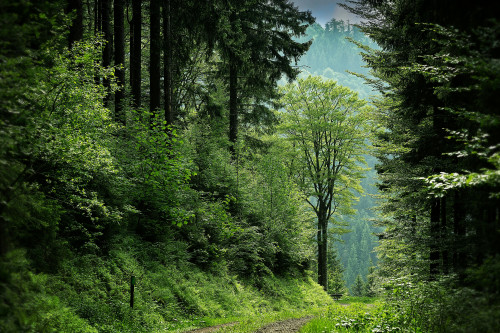
13th Oct, 2025
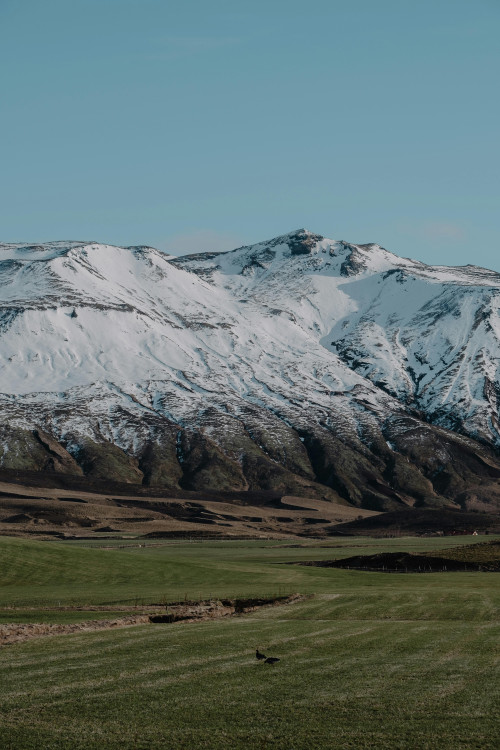
9th Oct, 2025
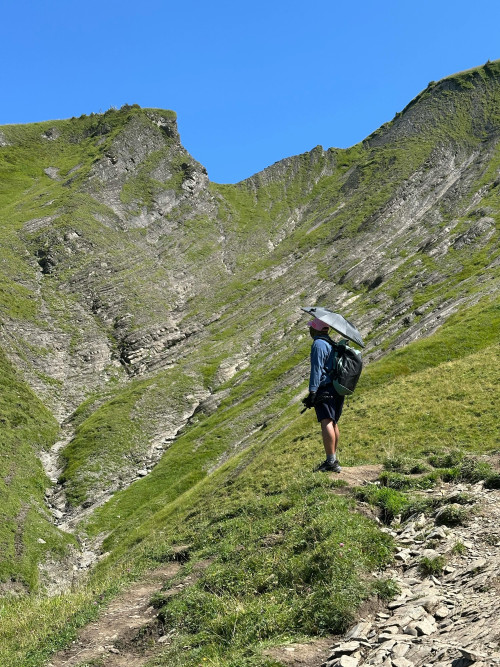
21st Sep, 2025
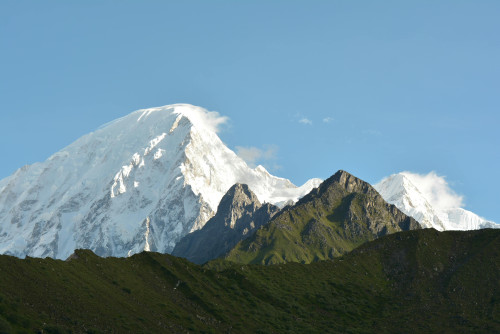
18th Sep, 2025

14th Sep, 2025

3rd Sep, 2025

28th Aug, 2025
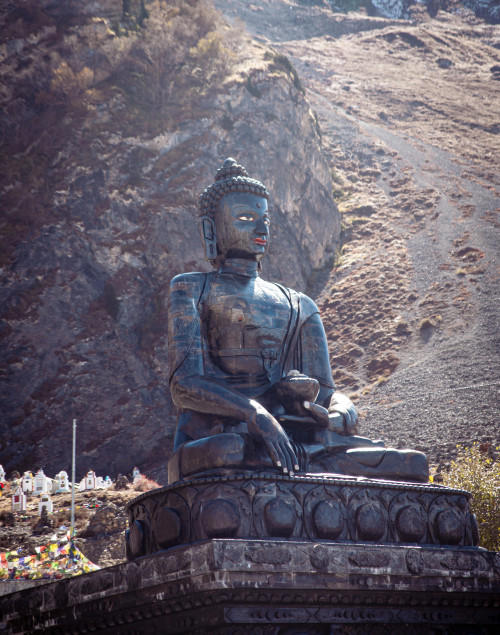
25th Aug, 2025




